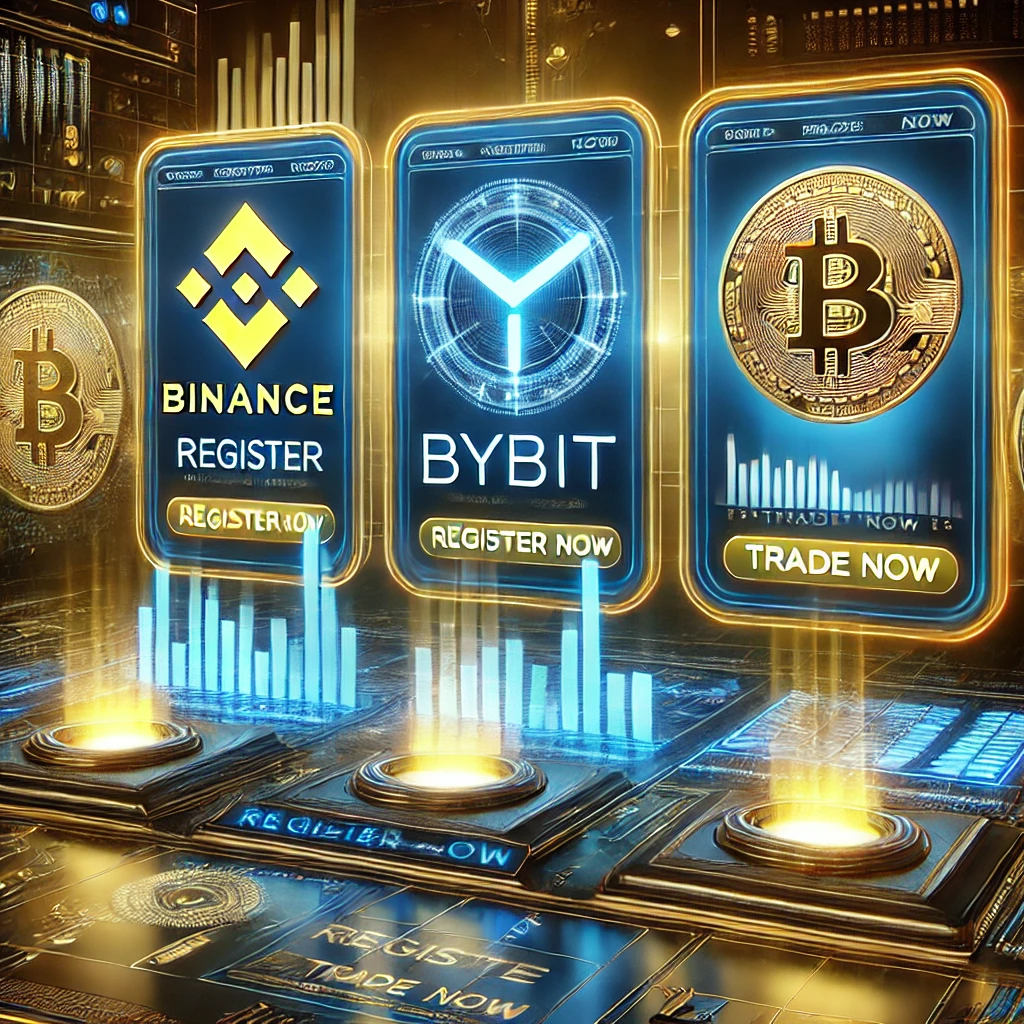Ripple and its cryptocurrency XRP are often misunderstood in the crypto world. Unlike Bitcoin and Ethereum, which focus on decentralization, Ripple aims to improve cross-border payments in traditional finance. This article will explain what Ripple is, how XRP works, and its role in the financial system.
1️⃣ What Is Ripple?
📌 Ripple is a blockchain-based payment protocol designed for fast and low-cost international transactions.
📌 It was developed by Ripple Labs and works primarily with banks, financial institutions, and remittance services.
🔍 Key Features of Ripple
✅ Speed: Transactions settle in 3-5 seconds, compared to Bitcoin’s 10-60 minutes.
✅ Low Fees: Costs a fraction of a cent per transaction.
✅ Scalability: Can process 1,500 transactions per second (TPS), much faster than Bitcoin (7 TPS) or Ethereum (30 TPS).
Ripple is not just a cryptocurrency—it’s an entire payment network used by major financial institutions.
2️⃣ What Is XRP?
📌 XRP is the native cryptocurrency of the Ripple network.
📌 Unlike Bitcoin (which is mined), XRP was pre-mined, with a total supply of 100 billion tokens.
🛠 How Does XRP Work?
- Bridge Currency: Banks and financial institutions use XRP to facilitate international money transfers without relying on SWIFT or correspondent banks.
- XRP Ledger (XRPL): A decentralized blockchain that settles transactions instantly and requires no mining.
- Consensus Mechanism: Unlike Bitcoin’s Proof of Work (PoW), XRP uses a unique consensus protocol that makes it faster and more energy-efficient.
3️⃣ Ripple vs. Traditional Finance: Why Banks Use It
🔥 Problems in Traditional Cross-Border Payments
❌ Slow transactions: SWIFT transfers take 1-5 days to settle.
❌ High fees: Banks charge large fees for currency exchange and transaction processing.
❌ Lack of transparency: Customers cannot track their payments in real time.
🚀 How Ripple Solves These Issues
✅ Instant settlements: Payments complete in seconds.
✅ Lower costs: XRP reduces reliance on intermediaries, making transactions cheaper.
✅ More transparency: Real-time tracking improves efficiency and security.
📌 Ripple has partnered with Santander, SBI Holdings, and hundreds of banks worldwide to improve cross-border payments.
4️⃣ Is XRP a Good Investment?
✅ Bullish Factors
✔ Ripple’s growing adoption by banks and financial institutions.
✔ Faster and cheaper than Bitcoin or Ethereum.
✔ Ripple won a major lawsuit against the SEC in 2023, clarifying its legal status.
❌ Bearish Factors
❌ Centralization concerns: Unlike Bitcoin, Ripple Labs controls a large portion of XRP.
❌ Regulatory uncertainty: Governments may still impose restrictions.
📌 XRP is more of a financial tool than a typical cryptocurrency—it’s best suited for institutional use rather than retail investment.
5️⃣ Where to Buy and Trade XRP?
You can buy XRP on major exchanges like:
📌 Trade XRP on Binance with Low Fees:
👉 Register Now
📌 Trade XRP on Exness for Forex & Crypto:
👉 Join Exness Here
XRP plays a unique role in bridging traditional finance and blockchain technology. Will it become the standard for global payments? Only time will tell! 🚀

